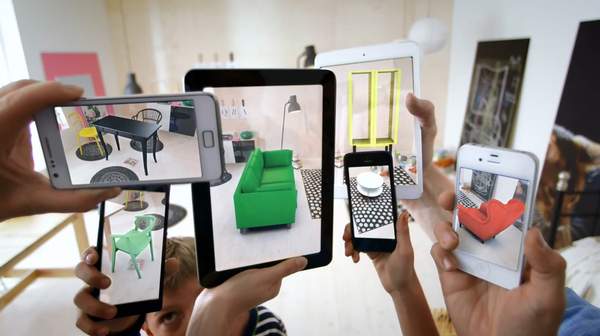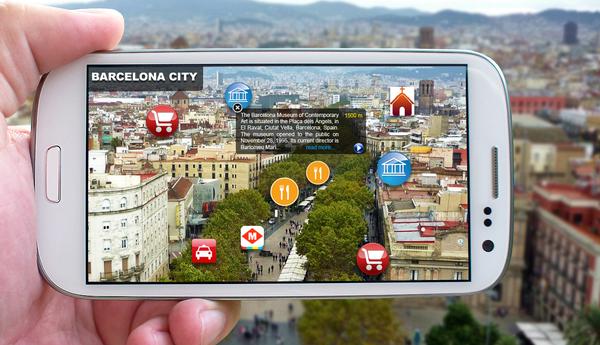The acronyms AR and VR have been thrown around in a lot of conversations in the technology industry for the past few years, and you may or may not know what they stand for or the power that they will have over how we interact with personal devices and the world. Augmented Reality (AR) is technology that combines virtual reality, a virtual world that creates a realistic environment for users and gamers to interact with, with the real world in the form of live video imagery that is digitally enhanced with graphics. Current augmented reality applications in e-commerce allow users to see what a retailer’s furniture will look like in their room and in gaming allow users to interact with their environment with characters that appear through the camera using GPS integration.

Image Source – (IKEA)
One of the first introductions the general public had to augmented reality was Pokemon GO. We tested its accessibility for individuals with limited upper body mobility using Point Mode on Apple’s Switch Control. The success of this test proved that augmented reality applications that are currently shaping the future of the gaming industry can be accessed by individuals with disabilities with proper design principles and assistive technology.
When designing an application that uses augmented reality, Things Entertainment suggests these accessibility guidelines to keep users with physical disabilities in mind:
- Spatial or Positional Sound Effects: creating sounds that mimic the location of augmented objects allow users with mobility impairments to locate objects without requiring movement.
- Adjustable Location of Augmented Reality Objects: allowing users to move the augmented object that they are required to interact prevents users from requiring movement such as reaching, bending, or accessing areas that are restricted to wheelchair users.
- Avoid Space Conflicts: allowing augmented objects to be unfixed forms increase options in the type of movement, the angle of movement and the direction of movement needed for interaction.
Beyond consumer entertainment, augmented reality has the potential to be implemented into applications to provide accessibility features to individuals with disabilities who are exploring their local neighbourhoods or travelling to new places.
Augmented Reality can increase the accessibility of buildings and public spaces through mobile applications that allow the user to intuitively visualize building details. Augmented reality makes it is possible for users to overcome limitations of the environment and provide new perceptions and understanding of these places. By interacting with augmented objects that appear in the real world using a smart device, users with disabilities can have more control of their environment and interact with objects that they could not access before.

Image Source – (VisiAR)
An example of the potential for augmented reality to increase accessibility is through signage. An individual with low vision who has difficulty reading small print can click on the sign within the application using the camera and watch the sign expand to a larger font on their smart device. For individuals with physical disabilities, objects that were previously not within reach or could not be used due to dexterity impairments can now be interacted with virtually with 3D models.
While augmented reality has been around for a while, it has only recently become a topic of conversation and more readily available in applications for the general public. Augmented reality offers a new way of interacting with the real world through an innovative technology that is enhancing our lives and shaping the way we view mobility.
** This post was originally published on https://gettecla.com/blogs/news/augmented-reality-and-accessibility


